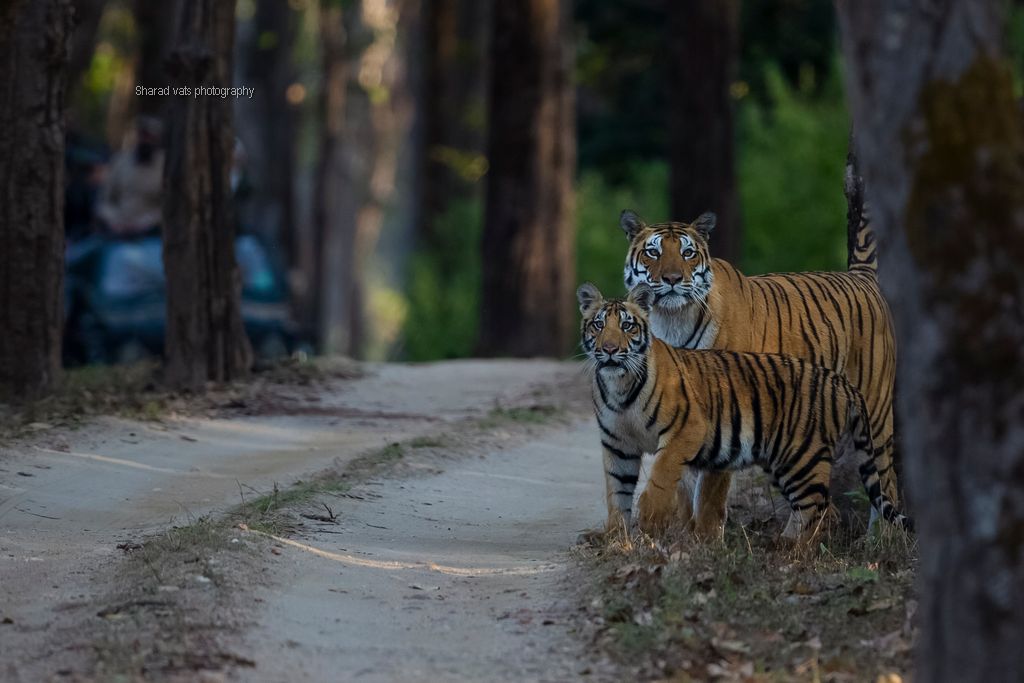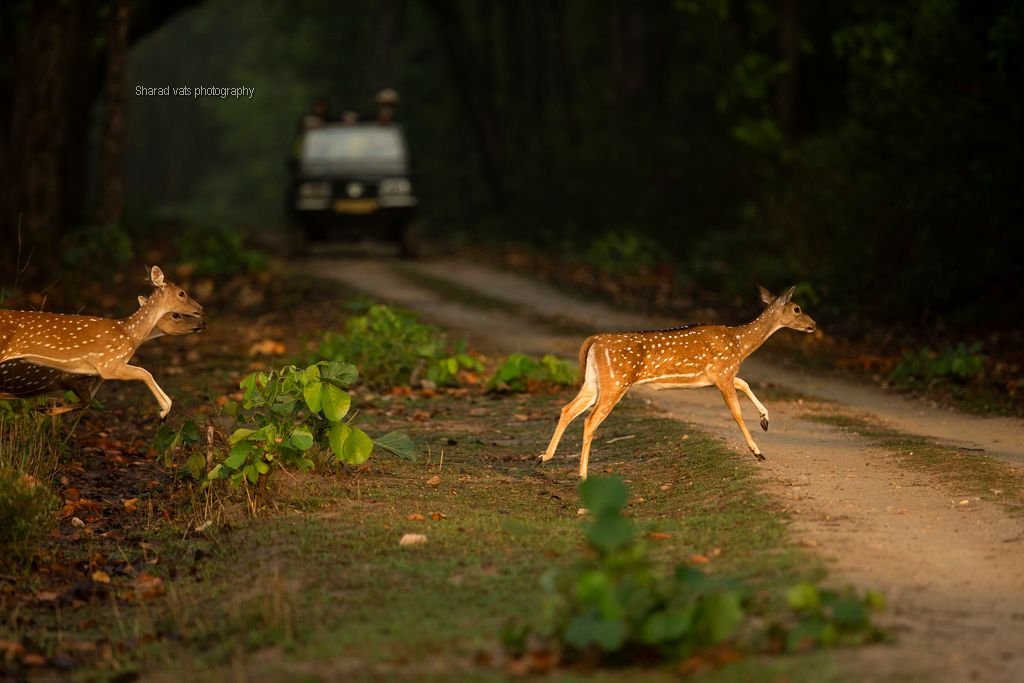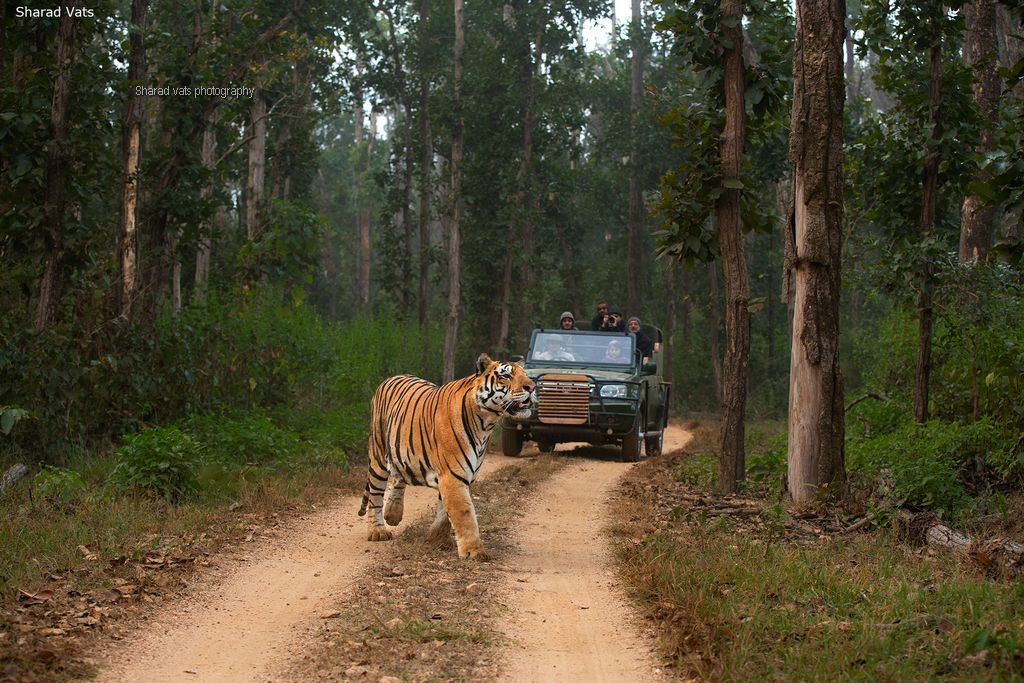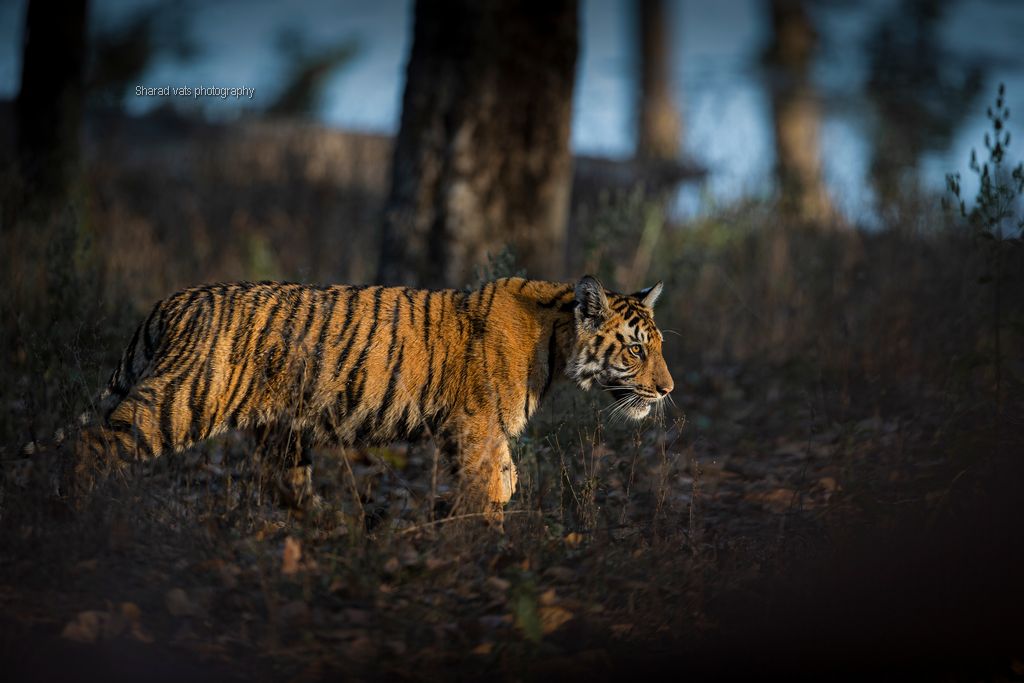Six reasons to visit Kanha national park
The Indian subcontinent boasts a rich array of wildlife, making it a haven for enthusiasts. Its diverse landscapes provide a habitat for numerous species, making it a paradise for nature lovers.
Among the most remarkable natural reserves is Kanha National Park, which served as the inspiration for Rudyard Kipling’s classic, “The Jungle Book.” Situated amidst the scenic Maikal range of the Satpura hills, Kanha is at the heart of the Central Indian highlands. Offering a plethora of captivating experiences, here are the top five reasons to explore Kanha National Park:
1. Tigers and more wildlife
Kanha’s wildlife is undoubtedly its most captivating aspect. The diverse array of unique flora and fauna will captivate you from the moment you set foot in the park. The numbers are truly astonishing — with 43 mammal species, 26 reptile species, 50 aquatic species, 320 avifauna species, and over 800 plant species!
A visit to Kanha for a tiger safari isn’t complete without encountering the park’s most famous attraction, the Royal Bengal Tiger. Once endangered, this species is now thriving in the park’s wilderness. Thanks to committed conservation initiatives, other endangered tiger subspecies are also experiencing a resurgence.

Leopards, wild dogs, boars, sambar deer, and jackals are commonly spotted in Kanha, offering abundant wildlife sightings. However, birdwatching poses a significant challenge in this area. Kanha boasts a rich variety of plant life, perfect for those who appreciate lush scenery. Each plant species captivates observers, whether through its grandeur, beauty, or soothing qualities, inviting moments of contemplation and memory-making.
2. The true ‘Jungle Book’ experience
The captivating and immersive storyline of Rudyard Kipling’s “The Jungle Book” is partly owed to its setting. Kanha’s breathtaking natural splendor is portrayed in the novel as almost fairy-tale-like.
Upon entering the park, visitors find themselves encircled by towering sal trees, a defining element of Kanha’s enchanting landscape. These trees dominate 60% of the forest, profoundly shaping the park’s climate.

The park welcomes visitors from October to May, and locals are enthusiastic hosts, providing an opportunity to experience a more authentic and traditional way of life during your tour.
3. An educational safari
Exploring Kanha can be both educational and entertaining due to its fascinating environmental and cultural background. A trip to the nature museum offers comprehensive insights into the park’s beginnings, while engaging with local communities provides a deeper understanding of their way of life near the reserve.
Embarking on a tiger safari in Kanha via jeep is an exhilarating experience and among the most exciting activities available. With numerous nature trails and scenic spots, Kanha promises to keep visitors constantly engaged and intrigued.
4. For wildlife photography
The setting of Kanha is captivating, standing out among India’s various jungles. Its dense forest emits a serene blue hue, contrasting beautifully with the majestic orange of the royal Bengal tiger. Capturing these big cats amidst the tranquil sal jungle is an exhilarating experience, yielding astonishing results. A frontal shot of the tiger against the backdrop of sal trees is truly a photographer’s dream. When wildlife photographers discuss their preferred tiger shots, Kanha and Corbett are invariably the top two parks that they mention.

5. An all-round adventure
Your experience of the Kanha journey can be greatly enhanced by careful planning and booking with top-rated tour companies in India. By preparing in advance for a week.
You can discover a multitude of attractions beyond the wildlife reserve, such as sightseeing, exploring local markets, and potentially even enjoying fishing if luck is on your side. Accommodation options abound near the National Park, ranging from cozy homestays to immersive nature retreats.
6. An Avian paradise
Kanha is renowned for its rich avian population, boasting over 300 species. The diverse terrain and various habitats within the park provide ideal conditions for a wide array of bird species.
Among them are rare and endangered birds such as the Greater Racket-tailed Drongo, Lesser Adjutant Stork, Malabar Pied Hornbill, and several species of vultures. Additionally, the park’s numerous small bodies of water serve as excellent habitats for both resident and migratory waterbirds.


